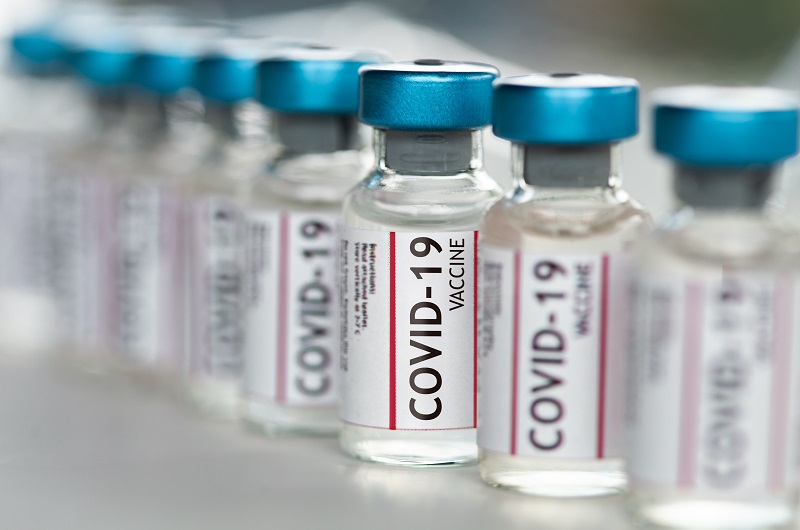Insight Paper January 22, 2021
COVID-19 Vaccine Administration Challenges in the United States
Breaking down the factors behind the slower-than-expected rollout of the COVID-19 vaccines.
For the past several months, the news has been fraught with stories about the constant challenges we’ve been facing as a society in battling COVID-19 – how to balance protecting our health while still being able to provide for ourselves and loved ones, evolving information about which precautions are recommended to minimize transmission of the virus, and the back-and-forth of momentum as vaccines were (and continue to be) developed. Now that there is real news of hope with multiple vaccines being approved for administration in the US, we face one of the most frustrating challenges yet – how to get the majority of the US vaccinated as quickly as possible.
At the risk of starting a political discussion, one of the largest challenges is the lack of a single, national approach. The CDC has made some recommendations, but as of this article’s publishing, their playbook hasn’t been updated since late October 2020, well before the first vaccine was even approved by the FDA. Surely there must be some lessons learned now that we’ve had vaccines approved and have started operationalizing administration. We should be putting those ongoing lessons to use to improve the rollout process across the country.
Even at the state level, as expected, demand for the vaccine is frantically high. States are having trouble procuring enough doses to satisfy demand. They have also started expanding administration sites, such as to more pharmacies, to allow more practitioners to administer the vaccine and help reduce the actual delivery bottleneck. This is all in addition to the expansion to come as outlined by President Joe Biden in his vaccine plan.
And of course, the vaccine doses have very specific storage requirements. Both the Pfizer and Moderna vaccines at least must be stored between 36-46 degrees Fahrenheit. Mechanical failures and human intervention are unfortunate but somewhat unavoidable situations that are causing already limited doses to be wasted.
Finally, we can’t forget one of the largest challenges for any national program in the US: the pure scale of rolling out any change. With nearly 330 million people in the US, it is nearly unfathomable to comprehend how to touch each person even once, let alone the careful orchestration required for multi-dose vaccines. In addition, the US is a geographically large country – almost 3.8 million square miles (and not all contiguously connected either). Israel, widely recognized as leading the world’s vaccination rollout in speed, is noted to have an upper hand as far as these two factors are concerned – their population (9 million people) and geographic area (8.5 thousand square miles) are both significantly smaller than the US must contend with. Each Israeli also has a unique national patient identifier, which simplifies population identification and tracking. Of course, the US does not have an equivalent identifier, but that’s a topic for a different article…
The factors described above are just a sample of some of the challenges facing the US as we continue to roll out vaccinations nationwide. If we are to be successful in protecting our country’s entire population as quickly as possible, we must continue to be agile, learn, and improve our responses to overcoming these challenges. We still have a long road until we’re able to fully vaccinate and protect our most at-risk populations, and until the vaccines are fully and freely available to any American who wants them.
Trexin would love to have a conversation with you about your challenges or perspective about the COVID vaccine rollout! Please reach out to us here.

